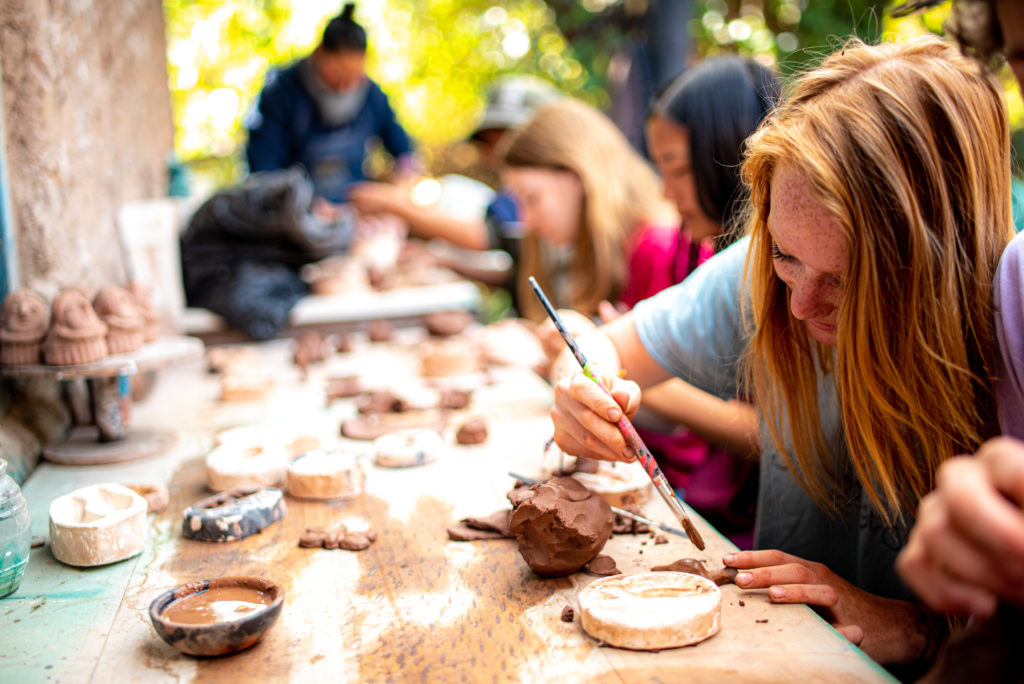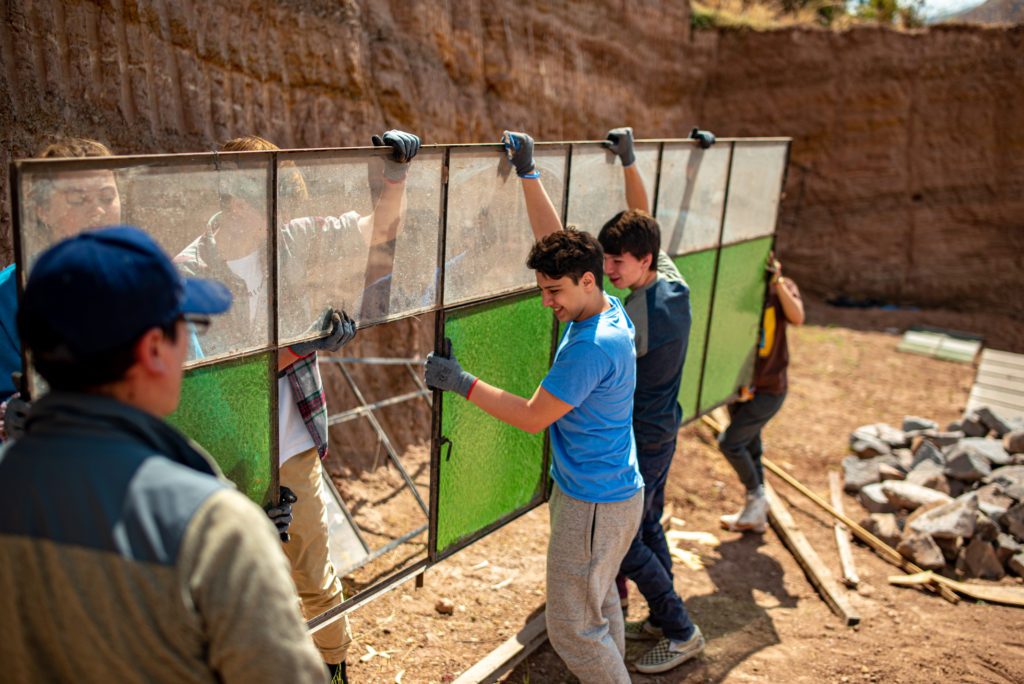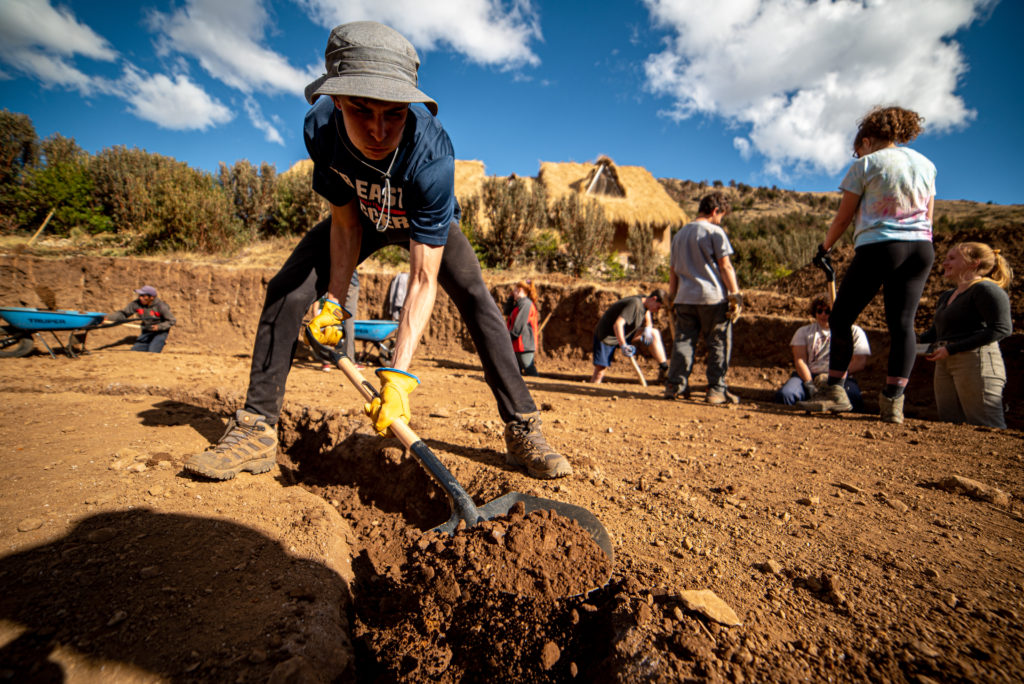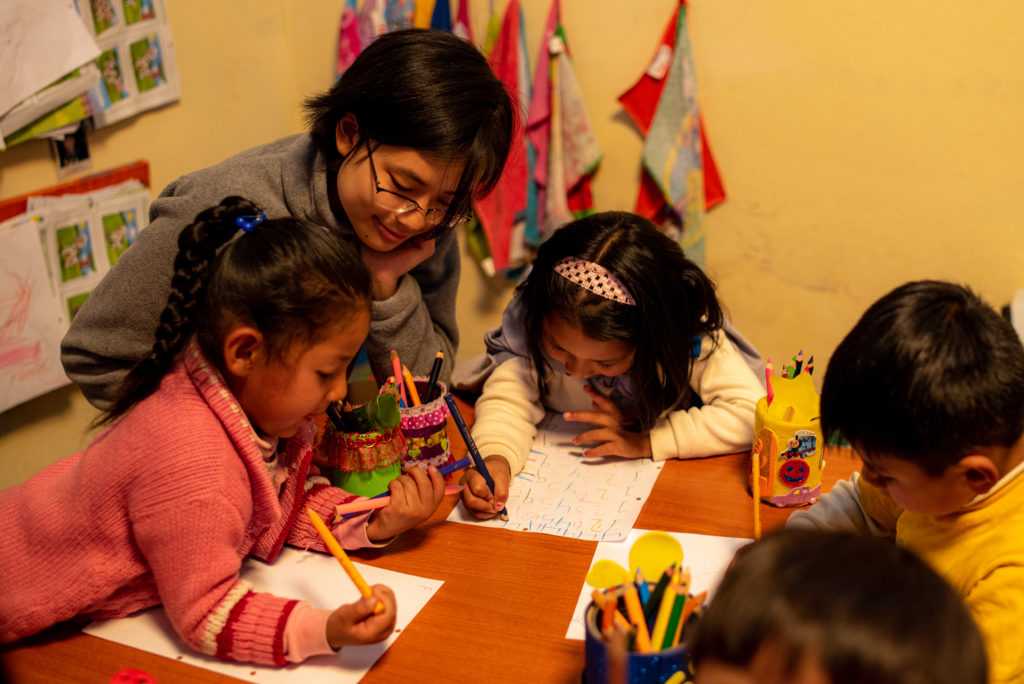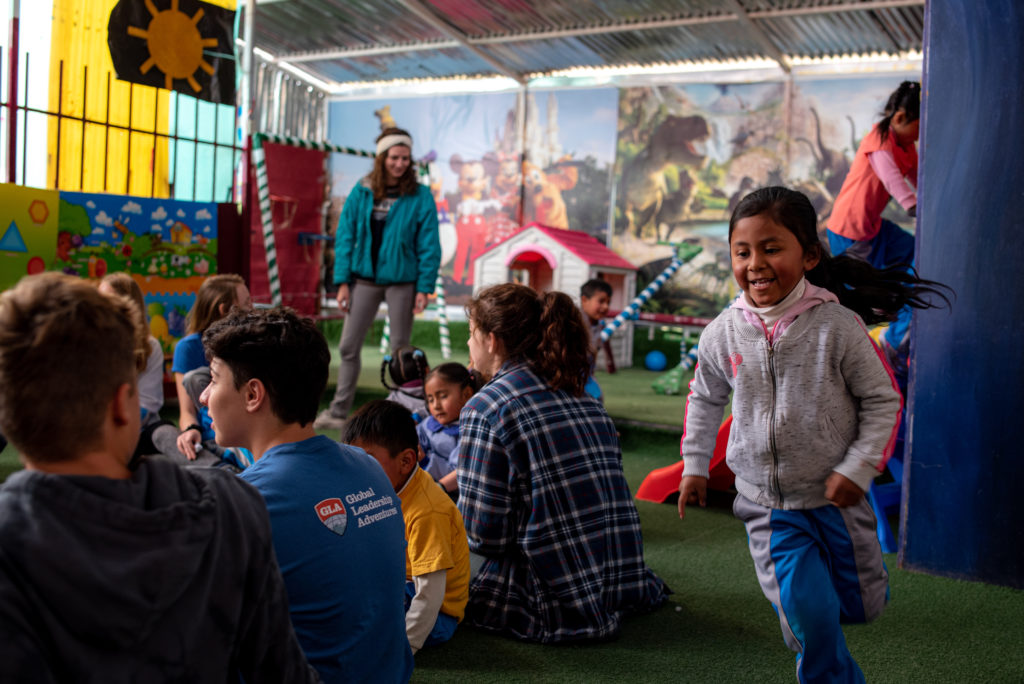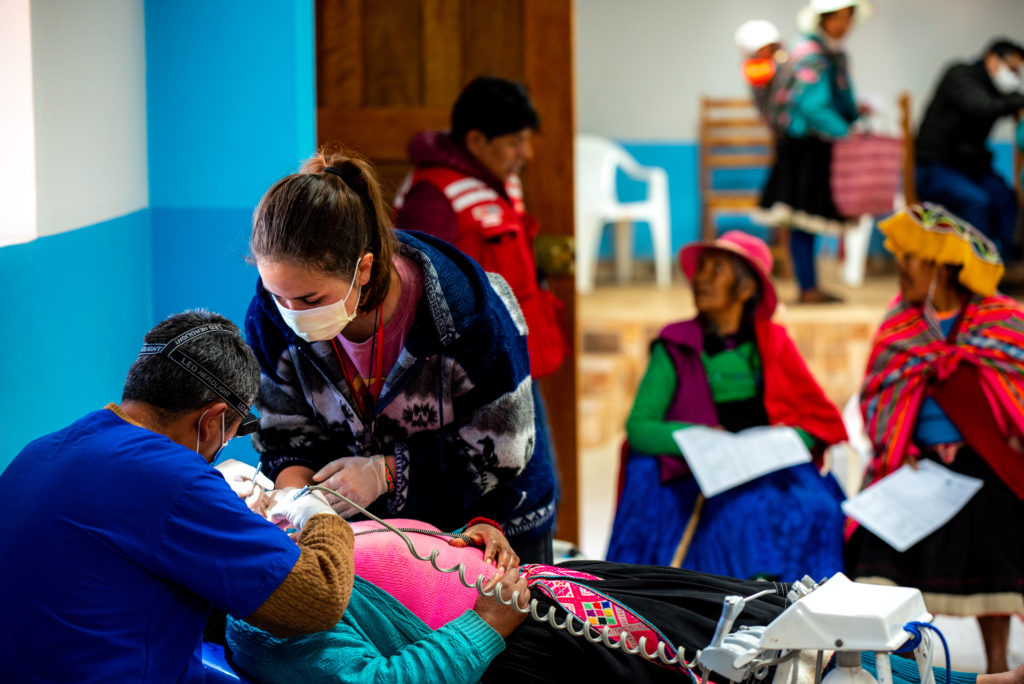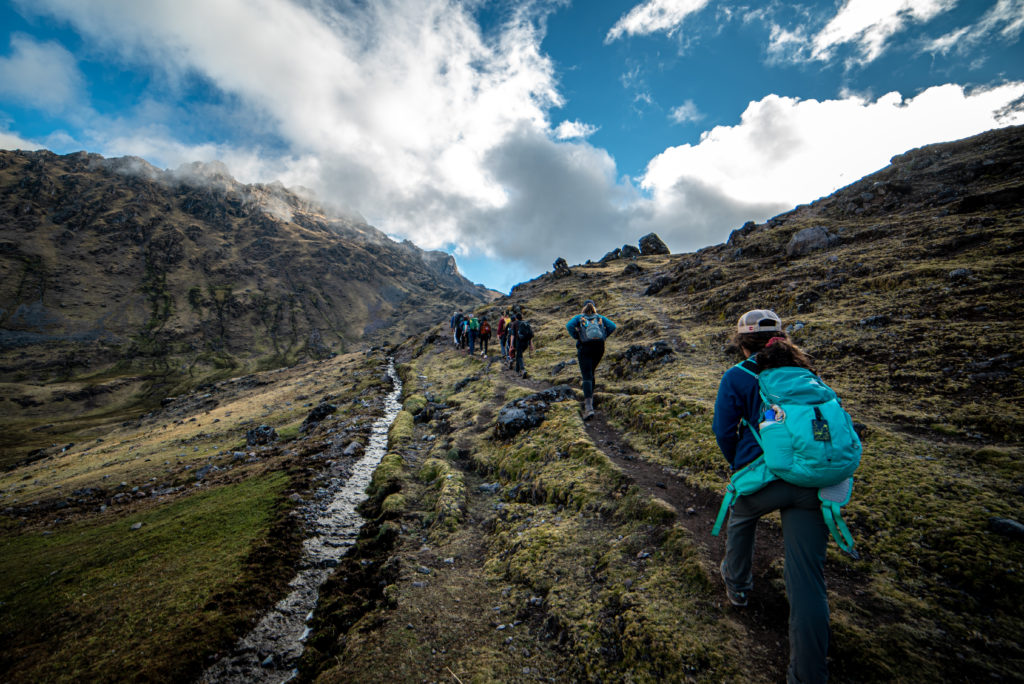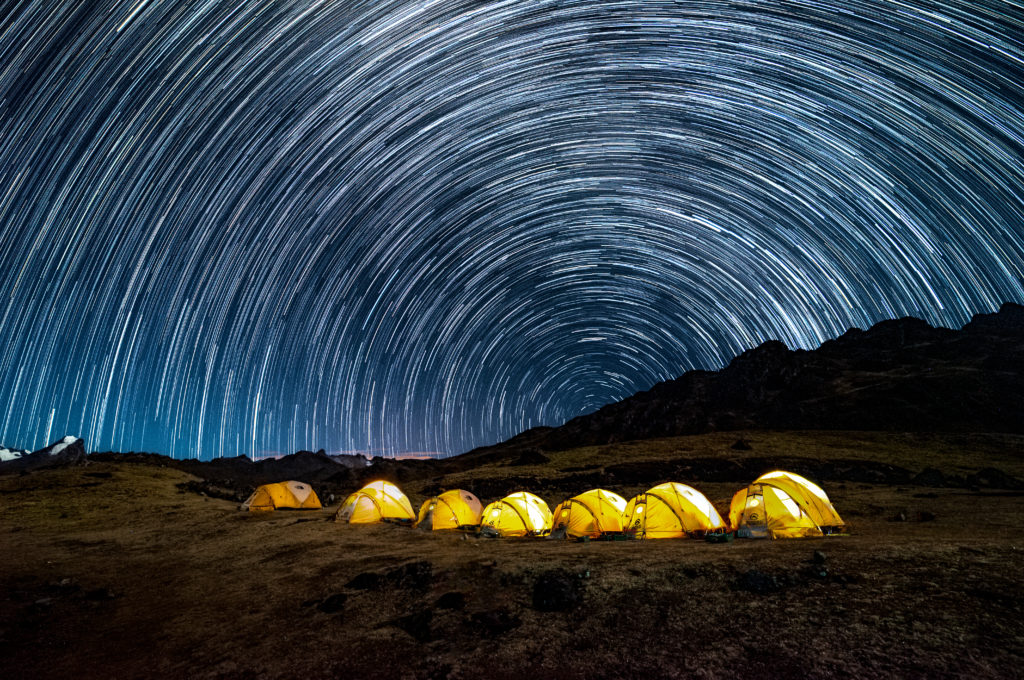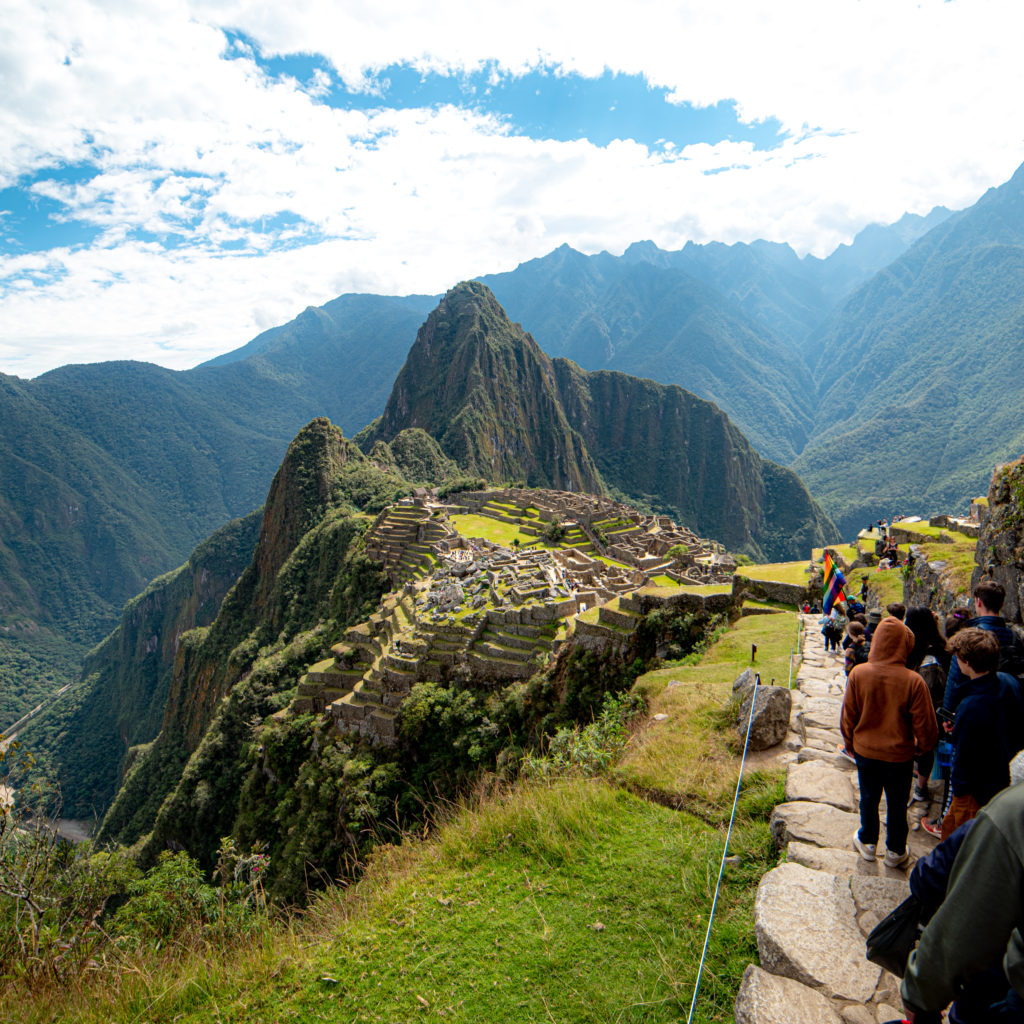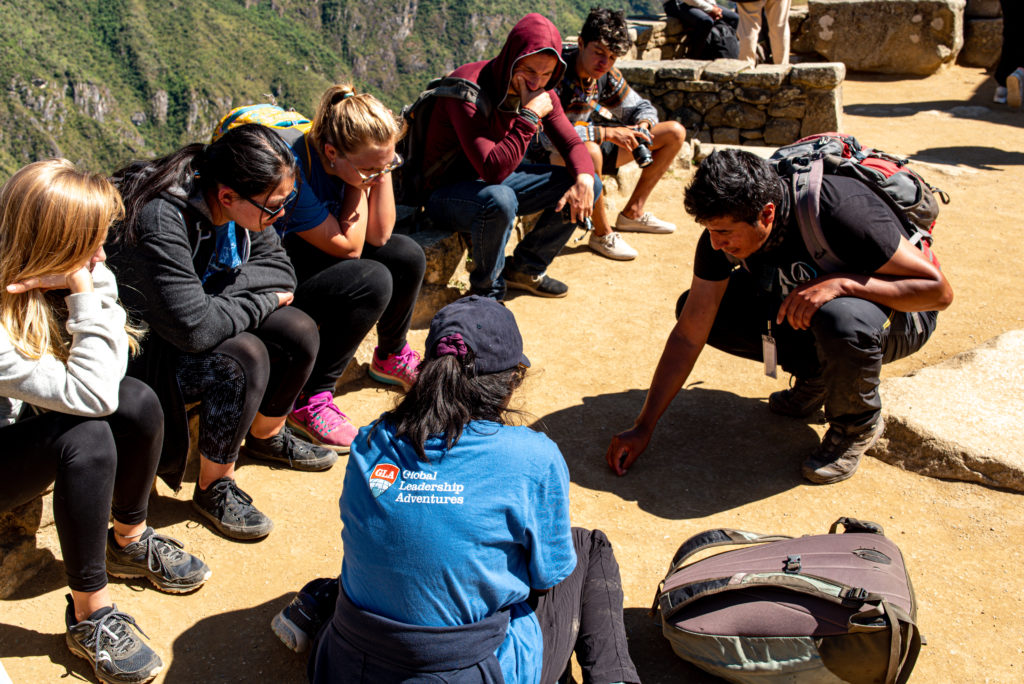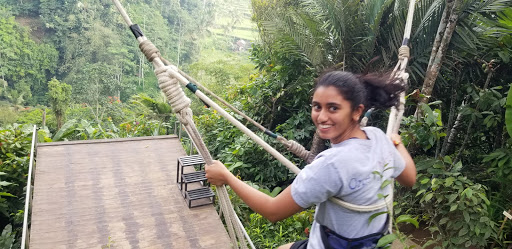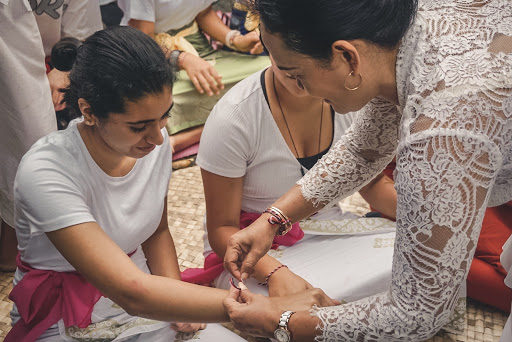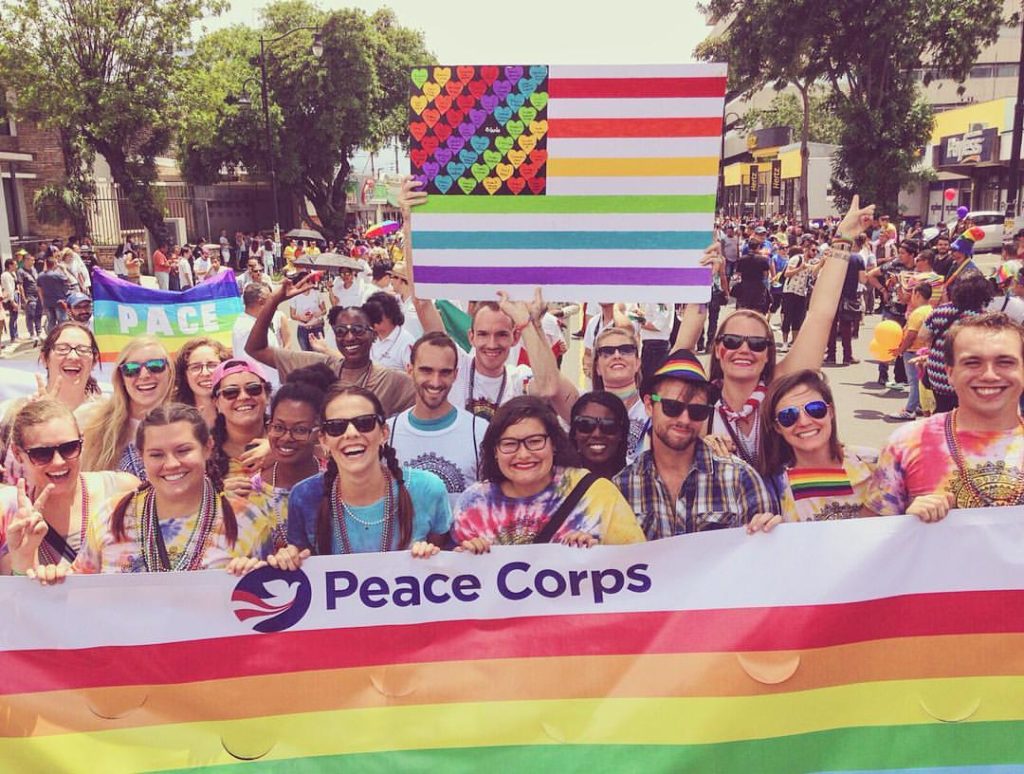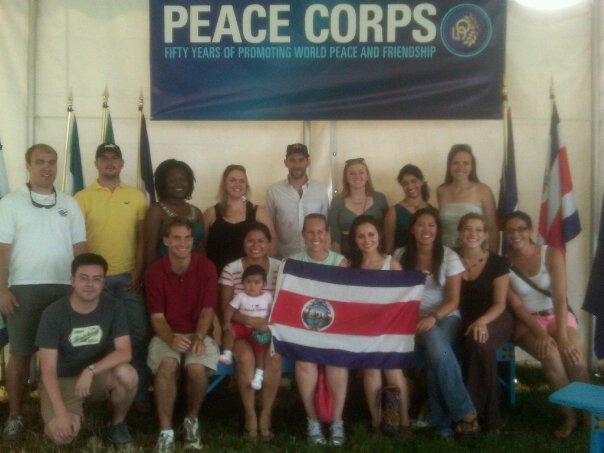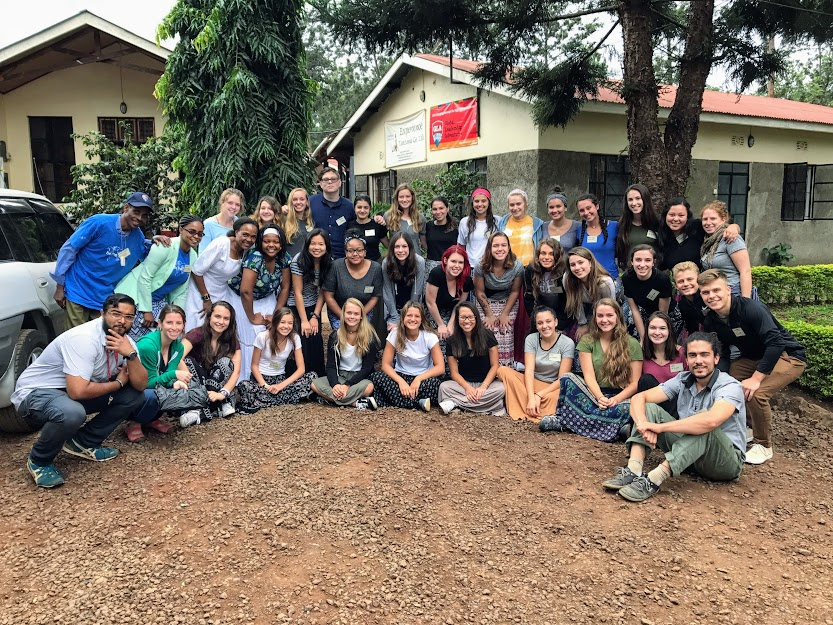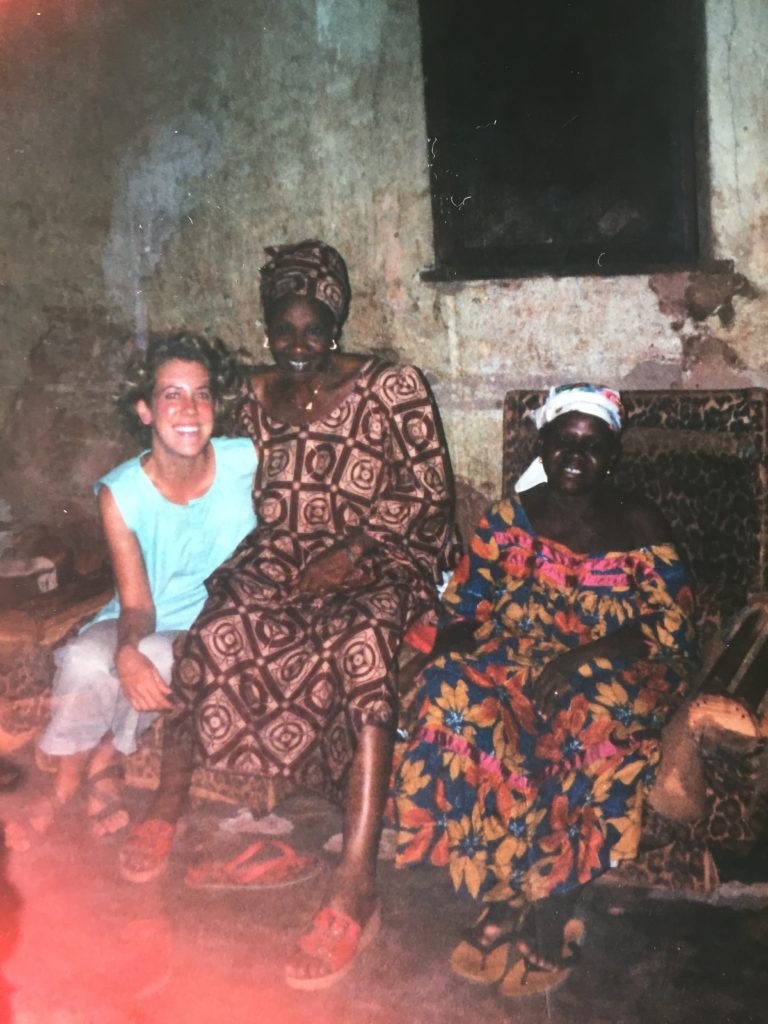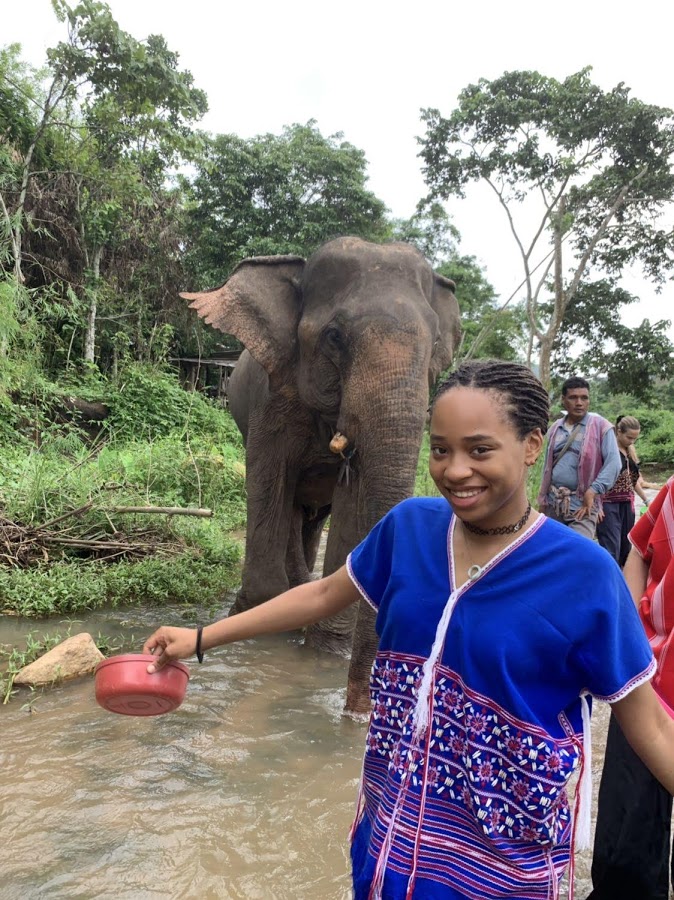
Our student contributor this week is Lauryn Howell, an alum of Thailand: Elephant Sanctuary Project™ and a high school senior in Upper Marlboro, Maryland. Lauryn recently completed GLA’s Global Ambassador Program.
Humans love to divide each other. Since the dawn of our history until this very day, one thing that remains constant is the fighting between the groups that we create. Race, religion, social class, nationality, and even pizza topping, no matter how small or large the issue, we can never seem to stop putting ourselves into these factions and casting out the “other.” However, in the modern age, it is more important for us to put our differences aside and unite as residents of the same planet—a planet that seems to be falling apart around us.
Since the boom of industrialization that spread throughout the world about 230 years ago, the state of our natural environments has been in shocking, rapid decline. All you need to do is look at the news or open your cell phone to see stories about wildfires decimating landscapes, temperatures reaching record highs worldwide, entire species disappearing, and so much more. It is clear that our lifestyles are not at all sustainable, and that we have reached a crisis point where something must be done, but what gives? Why isn’t every teen rushing to become a conservation biologist? Why aren’t the masses in outrage about the careless and exorbitant use of plastics and production of pollutants by large companies? How are we all so easily able to see what is happening around us, but so few of us actually spurred to do something about it? I think the answer can be summarized in just a few words: lack of connection. We feel disconnected from the reality of our situation, the environment, other animals, and even other people. Living in a first-world country allows us to ignore many issues because they don’t directly affect us, but other places don’t have it so good. Tuvalu, an island nation in the pacific is being swallowed whole by the ever-rising ocean, and being one of the smallest in the world, not only in terms of GDP but also square footage, there is little they can do to escape it. The island is quickly becoming uninhabitable, but many residents are simply too poor to leave.
This is a sad story, but extreme consequences of the climate crisis are not an uncommon experience in the poorest parts of our world, and the way we divide ourselves makes many people feel like it simply isn’t their problem. However, as occurrences like this begin to creep over the walls of social inequality and affect first-world locations like California and Australia, they become more difficult to ignore, and the push for action becomes more exigent. One of the most important steps toward solving these problems, is more people adopting a philosophy of global citizenship. “A global citizen is someone who is aware of and understands the wider world – and their place in it. They take an active role in their community, and work with others to make our planet more equal, fair and sustainable” (Oxfam Education). A global citizen understands that the issues we face as a planet are will not be held by our man-made borders. They’re never just one state or one country’s own problem to deal with, it’s everyone’s problem. We need to change the way we live our lives and stop destroying our home and ourselves in every country across the globe. We need to put our petty fighting aside and focus on the real, unavoidable, and mortal threat to our society before it’s too late.
